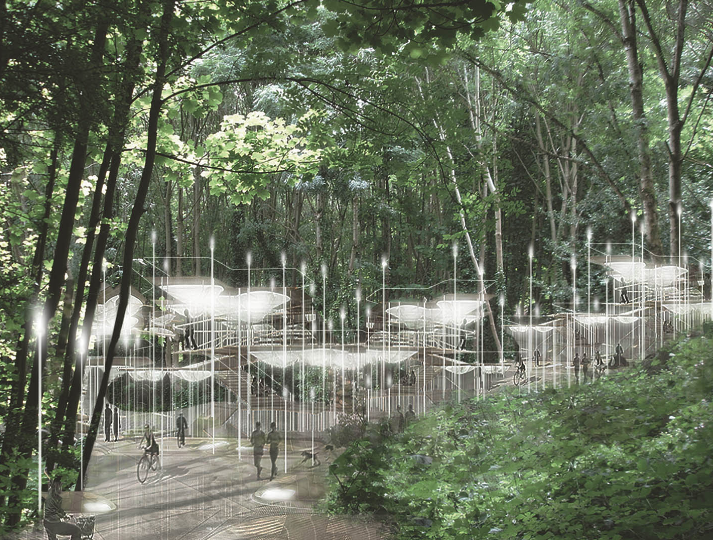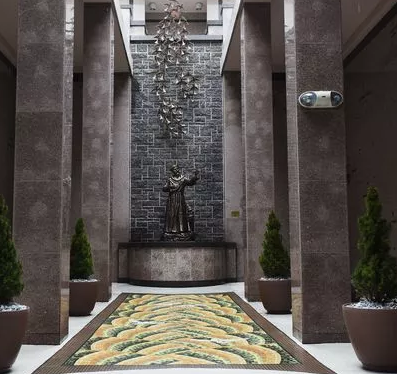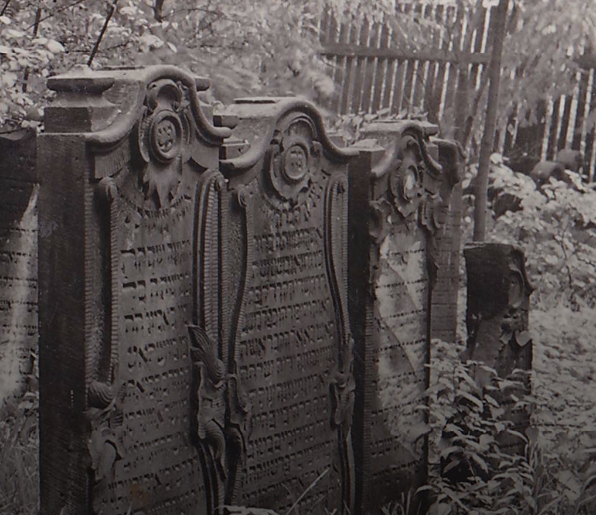“Sustainability” and “cemeteries” are two words you just don’t expect to be seen in the same sentence; after all, aren’t the existence of cemeteries proof that humans lack sustainablity? But at Oregon State University, they have a sustainable cemetery studies lab. These are not modern-day Victor Frankensteins trying to beat death, but students in soil studies. And for those scientists, the fact that humans tend to keep cemeteries undeveloped have been a boon. According to Cynthia Beal, the associate director of the lab, “the cemetery is the only permanent land use we have.” What she eventually hopes will happen is that cemeteries are designed and maintained more like their natural habitat, eventually allowing the return of native species. Circle of life, we guess.
In New Jersey, they’re looking at cemetery preservation in a different light. North Arlington, a town in central New Jersey, is home to more dead than alive. The Holy Cross Cemetery alone is home more than 300,000 graves. But the Catholic Church is looking to spruce up the graveyard, cleaning and restoring its trove of art, including life-size statues of Mothers Cabrini, Theresa, and Seton, and a 9/11 memorial that outlines where the towers could be seen in the New York skyline. With cremation growing in popularity, the cemetery is meeting the demand by repurposing buildings, even putting niches in the bases of statues around the grounds.
Sure maintaining cemetery soil and art are good things, but in Wroclaw, Poland, the remaining Jewish population protesting the redevelopment of the Cemetery on Gwarna Street. Founded in 1761, it was the main cemetery of the city’s then-bustling Jewish community. Destroyed by the Nazis in the last days of WWII, the Communist Government did not memorialize the site, and built housing and garages on the land. With the city’s Jewish population decimated, few remembered the old cemetery, and the land was declared to be clear of any human remains or artifacts. Last year a Best Western Hotel was scheduled to be built on the site, but once construction began, remains of more than 100 bodies and some 30 headstones were uncovered. How this will play out is unknown; Jerzy Kichler, a prominent Polish historian, has written an article, “The Agony of A Cemetery” about the problem.




Leave a Reply